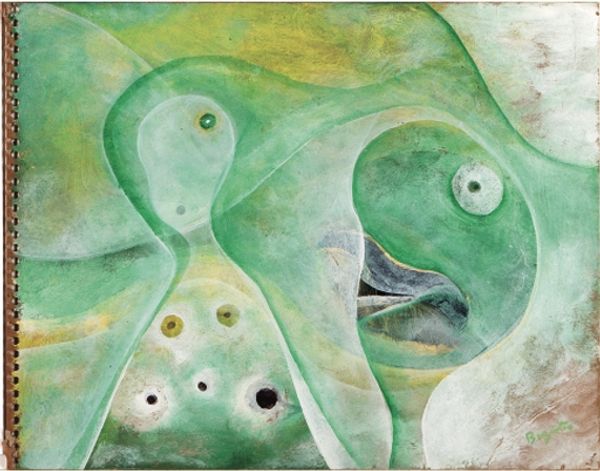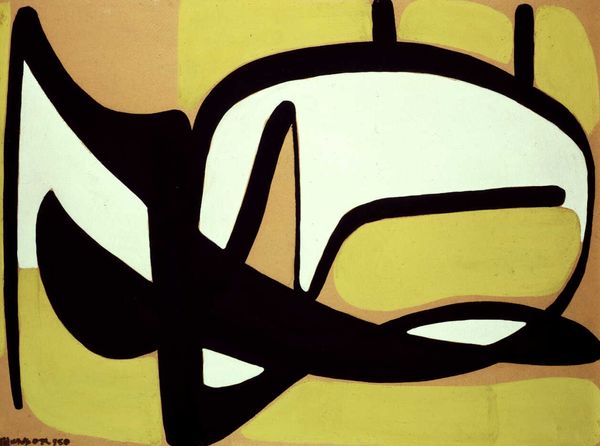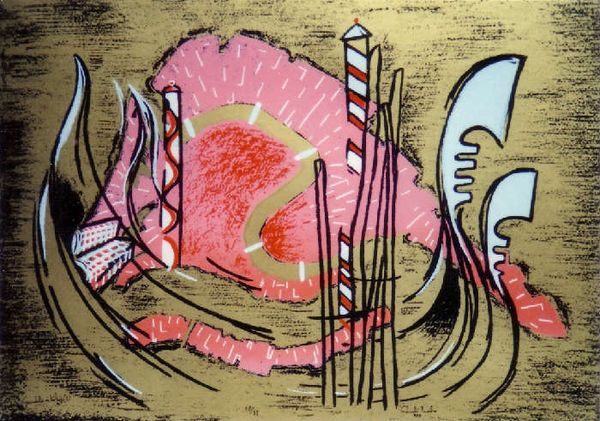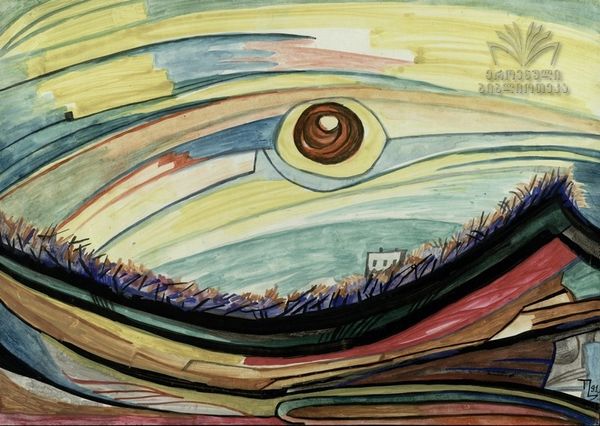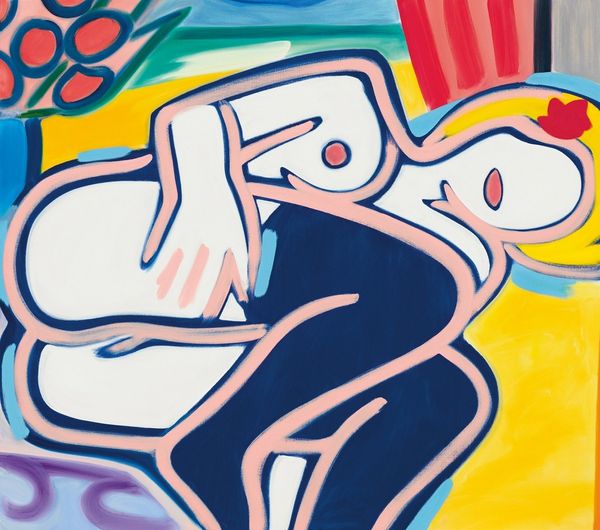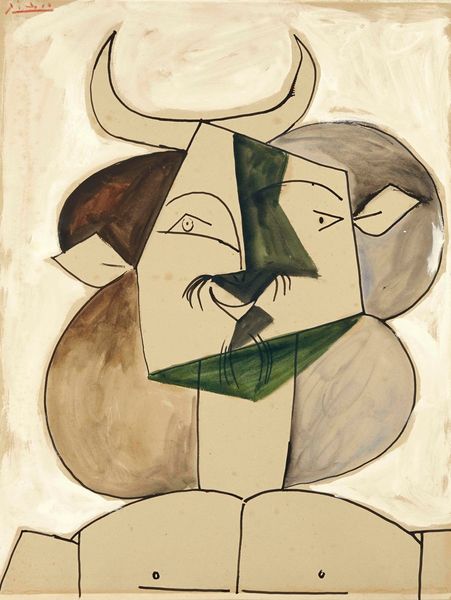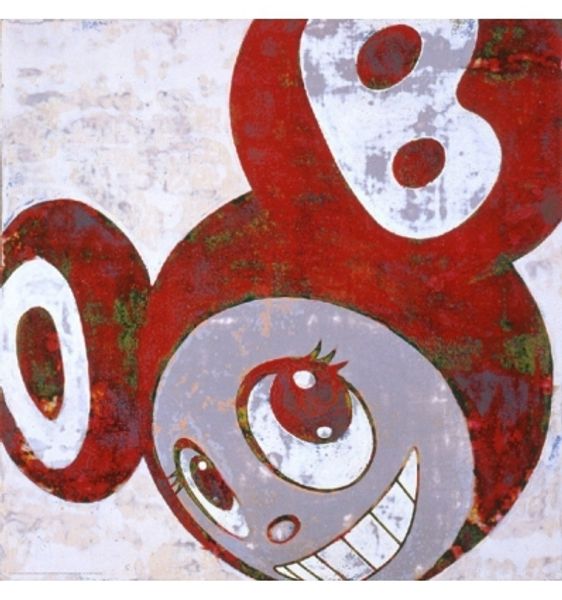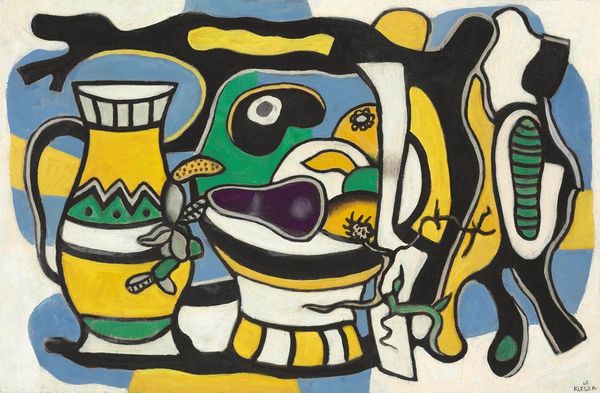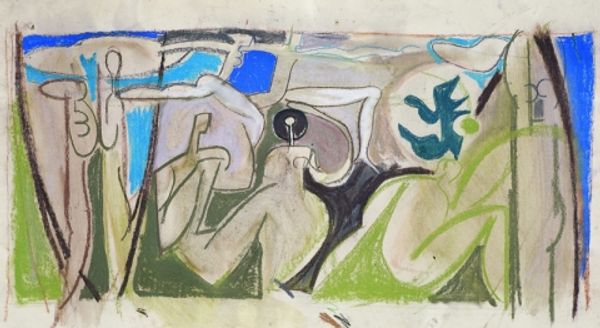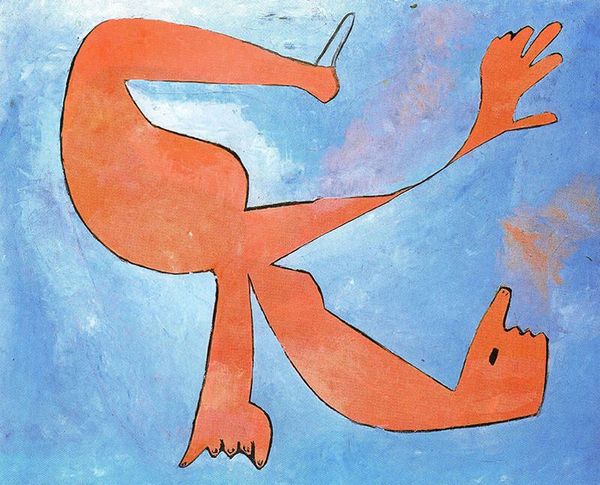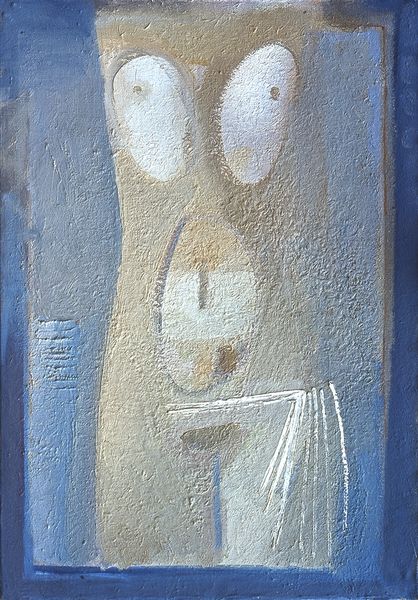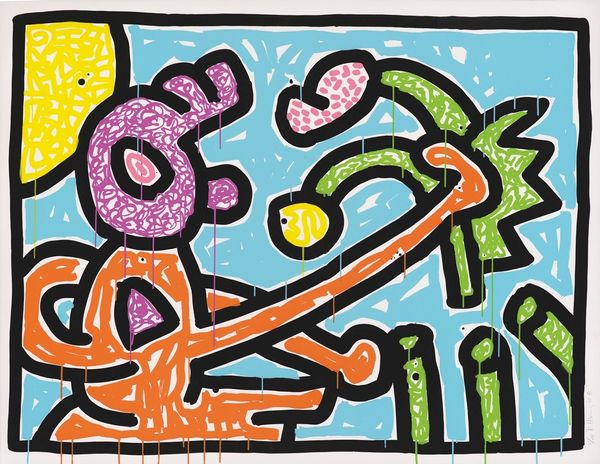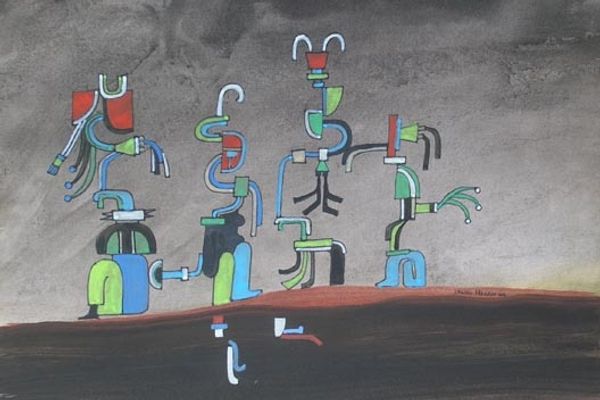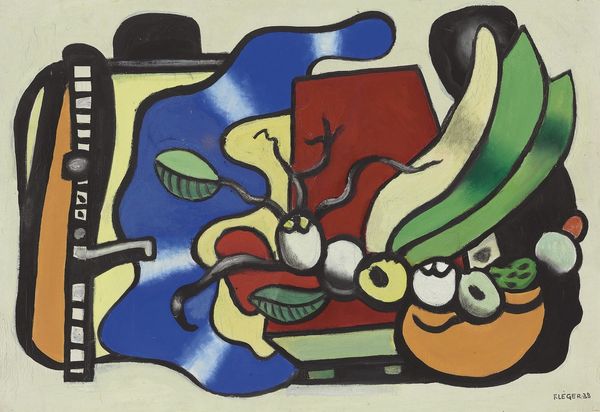
Copyright: Public Domain: Artvee
Editor: So, here we have Picasso’s *Femme nue couchée*, painted in 1932. It’s an oil painting, and honestly, it feels quite… unsettling, like a distorted dream. I am captivated by its strange sense of familiarity. The figure is abstracted, yet there is something undeniably human about it. How do you interpret this work? Curator: Oh, unsettled is perfect. Picasso, ever the provocateur, wanted us to feel just that! What I see is a playful rebellion, like a lover playfully disassembling and reassembling their beloved. He's taking ownership of representation. Imagine trying to capture not just what you see, but what you know and *feel* about someone… the essence. It’s almost biographical in the sense that this may well represent one of his wives or mistresses at the time of creation. What aspects catch your eye? Editor: Definitely the… geometry? There's something about the rounded forms juxtaposed with those sharp lines that I can't quite put my finger on. Also, the limited colour palette – the pale fleshy tones against the cool blue background, how might these colours relate to this ‘provocation’? Curator: Precisely. It is these stark juxtapositions that are vital in his work! These simple shades accentuate form and emotion. It's an intentional contrast that creates a kind of visual tension, mimicking perhaps, the underlying turbulence in his personal life or society during the early 1930's. The use of primary tones and geometric shapes speaks volumes when one considers that this work borders portraiture. What did you learn from this exploration? Editor: I guess I was too quick to dismiss this, only at surface level, as strange and unsettling. I am walking away thinking that I may actually enjoy looking at Picasso, now that I understand it a little more, like a sort of strange reassembled jigsaw of reality. Curator: Beautifully put! It is this jigsaw of reality that perhaps, makes Picasso timeless!
Comments
No comments
Be the first to comment and join the conversation on the ultimate creative platform.
